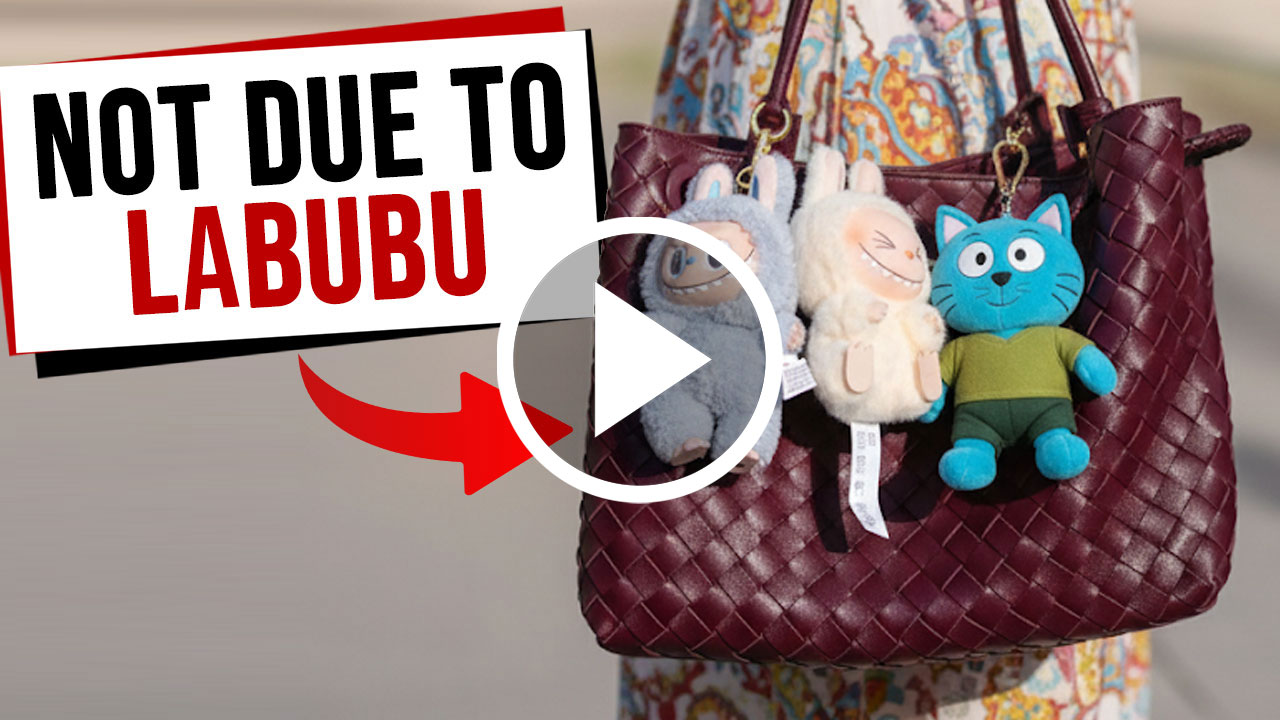Growing up, I’ve had a constant, albeit irrational, fear of not being able to clear the immigration checkpoint.
“Why sweetie?” my mum would ask upon my confession. “What’s up with the immigration checkpoint?”
“I’m afraid that my fingerprint wouldn’t register,” I mumbled. “Cos I keep playing with dirt and all.”
“Well then maybe you should stop playing with dirt, you dirty, overgrown manchild,” my mum said with a smile.
I stared at her.
“I’m just kidding, sweetie; don’t worry about it… as long as your passport’s intact and your fingerprint’s not faded, you’re fine and good to go.”
While she clearly intended to pacify me, the notion only served to alarm me further. Faded fingerprints? How the f do you get them? And what if I screw up and get my fingerprints f*cked up?”
Suffice it to say; my fear of immigration checkpoints heightened after that little conversation.

Thanks for nothing, Mum.
Contactless immigration clearance system
Thankfully, however, it seems that my fears might finally be laid to rest, as a new contactless immigration clearance system is seemingly all set to take over.
According to The Straits Times, a trial is currently underway at Tuas Checkpoint to utilise iris and facial images of Singaporean travellers for immigration clearance at automated lanes.
And if successful, passport and fingerprint scanning could soon be a thing of the past.

Six-month trial
According to reports, the Immigration and Checkpoints Authority (ICA) launched a six-month trial just last Monday (8 April), and utilises one of the automated arrival lanes in the immigration hall at the checkpoint.
The trial will aim to test the efficiency and accuracy of the facial and iris matching system, and assess the time taken for immigration clearance.
“This clearance process will definitely be faster and bring convenience to travellers, as there is no need to present and scan passports,” said Superintendent Derrick-Soong who serves as head of operations development in the ICA.
Based on ground observations, it seems that Singaporeans can be cleared as fast as within a minute if they use the automated lanes.
“But if there’s no need to present and scan passports, the timing will be even shorter,” Supt Soong told The Straits Times.
Singaporeans who have previously submitted their iris images to the ICA will be the first group to undergo this trial.
Singaporean citizens aged six and above with passport numbers commencing with the letter K and issued after 1 Jan 2008, will be eligible for the trial as well.
How does the process go, anyway?
According to the Superintendent, it’s pretty straightforward.
- Travellers will be prompted to look at the facial and iris scanning screens upon entering the trial-exclusive lane.
- The system will then go on to capture their facial and iris images, before proceeding to verify their identity.
- A green tick on the screen will indicate successful clearance, and the exit gate will open.
- The end of the immigration clearance process.
It has to be noted, however, that there are certain rules to follow.
“Singaporeans who wish to participate in this trial should not wear any coloured patterned contact lenses or have any wearables that will block their facial and iris images, as these will affect the trial results,” Supt Soong added.
Oh, makes sense. Then 8mm make-up how?
Editor: Shut up and continue with the article.
Should the trial be successful, they will roll out the initiative to the rest of the checkpoints.
Just a while more, my pals with the faded fingerprints!





